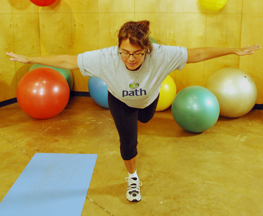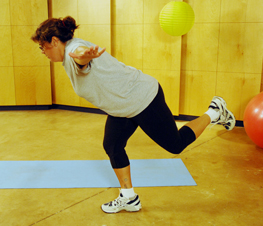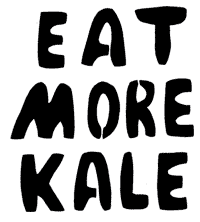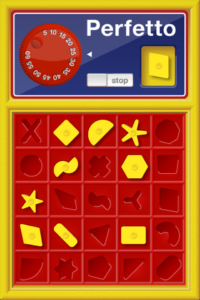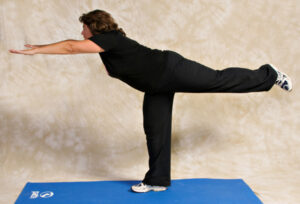 Last week’s Sunday New York Times (11/7) reported an astonishing secret. A group known as “Dairy Management” recently consulted with a flailing Domino’s Pizza to increase the amount of cheese on its pies. Once accomplished, Domino’s sales doubled. The closely held secret? Dairy Management is not a private consulting firm for dairy farmers, no it’s “a marketing creation of the US Department of Agriculture”! The very same government agency that sets the dietary guidelines meant to help stave off the rise in obesity and other food related concerns.
Last week’s Sunday New York Times (11/7) reported an astonishing secret. A group known as “Dairy Management” recently consulted with a flailing Domino’s Pizza to increase the amount of cheese on its pies. Once accomplished, Domino’s sales doubled. The closely held secret? Dairy Management is not a private consulting firm for dairy farmers, no it’s “a marketing creation of the US Department of Agriculture”! The very same government agency that sets the dietary guidelines meant to help stave off the rise in obesity and other food related concerns.
Recently we also learned that the FDA predicts the increase in American girth will continue until 2050, at which time over 40% of us will be clinically obese — not just overweight, but obese (up from 10% in the early 1980’s — where is Jane Fonda when we need her?).
Cheese and mismatched government agendas are not helping! ARGH!
But is cheese really the enemy? What nutrients are in cheese besides the fat? Protein, lots of calcium and some potassium.
Conflicting research about dairy and its benefits, or lack thereof, roam the literature (also thanks to Dairy Management and its $140 million budget). So let us follow the “this I know for sure” adage:
Calcium and protein are undeniable necessary and good. Too much of either is most definitely bad. Saturated fat? Always bad but livable in moderation if offset by exercise (though great cardiologists such as Dr. Dean Ornish would say cut it out altogether, we’re just not sure that’s realistic in life).
Cheese? Always marvelous, emotionally (well, except for Limburger cheese for Tom the cat when Jerry tricks him into being locked up with it).
Who would deny us those soothing, beautiful moments with a nice glass of wine, organic whole grain crackers, some tart apple slices, a few grapes and strawberries, and a triple cream brie in front of the fireplace on date night?
Who would deny those great cheese artisans their craft, or their living wage?
Appreciation is a valued character strength — stop and smell the 3-year old Grafton Cheddar, please! No, INHALE! There is poetry in the making (and sampling) of all these amazing cheeses that have rippled across the land. All you have to do is go to the deli counter at a co-op or Whole Foods type of store. You couldn’t begin to estimate the number of different options to tempt your pallet. I’m salivating just picturing it. And the samples, OH the samples. Whew! I’m getting light headed.
So, maybe our wallets and our arteries would disagree (people haven’t nick-named it “Whole Paycheck” for no reason). What’s a cheese crazed health nut to do? Is that an oxymoron?
How DO we manage the joy of cheese, the good, the bag and the ugly, without it hardening our hearts?
This is a time where the word moderation really does matter — a LOT.
Think about it. When we invite people over for dinner, the appetizer does usually include cheese and crackers. Is it usually one of the great artisan cheeses though? In our house, whatever the cheese, my football playing teenage boys wolf it down with a splash of some horrible energy drink they purchased while I wasn’t looking. “Sacrilege!” I shout as I shoe them off. Sure, they’re young and active and will burn off that fat before it has a chance to even think about being artery plaque; but my wallet and my passion for the arts say, NO. Either ditch the nasty sugared caffeine concoction and sit here and talk with us, or out you go.
The next scenario is how much we ourselves dip into the cheese plate without thinking. With dinner guests, the most important order of business is catching up. Gossip? Who’s gossiping? Honestly we’re usually caught up in some silly story about aging that also exasperates the fragile ears of teenagers — another way to move them off the appetizers. The key operative here, though, is “caught up.” Friendship and sharing does that, so before you know it half the Costco size block of cheddar is gone and you’re bringing out the rest before the first course (mind you those blocks were meant for industrial cooking, never for household parties of two or three families).
The New York Times reported in its pizza story that we eat 33 pounds of cheese per person, on average annually, triple what we at in the early 1970s. One ounce of cheddar, they remarked, provides the same saturated fat as an 8 ounce glass of whole milk. What’s worse is that the USDA has joined with factory cheese makers to become our pushers.
STOP! I tell you. Cheese is poetry. PO-ET-RY! If it is not treated as such, I say why bother? So many other calories can be eaten mindlessly. For example, a veggie platter with a spicy low-fat dip would do the trick. Gather round, share your weekly war wounds and munch on something that will bolster you for the following week — something you might not eat otherwise.
For the cheese, I’m begging you… Set the scene. Buy a few ounces of a few different types. Gather round with serious purpose. Just as you might do a taste test for any other product, really pay attention to what goes in your mouth. This is the art of “savoring” and it goes a long way. When was the last time you really felt something was mouth-watering? I mean REALLY? Good food is so much “at the ready” that we’ve forgotten to APPRECIATE its depth and complexity. The only way to get back to that is to be together and seek it out, with purpose. Shush up, feel the food in your mouth for a bit, chew slowly, and TASTE. Then talk about it.
And before you know it, you’re satisfied with an ounce or two instead of ten.
The fat isn’t really so much in the cheese, though in excess we cannot deny it. It’s also partly in our government public health efforts, partly in powerful corporate marketing platforms, and partly in our own brains sopping up what the agencies, marketing campaigns, and mindless eating situations serve us.
Stand up for taste and joy and you’ll cut the fat without losing the meaning.
Let us know how you choose to savor anything special this week! We can’t wait to hear.
